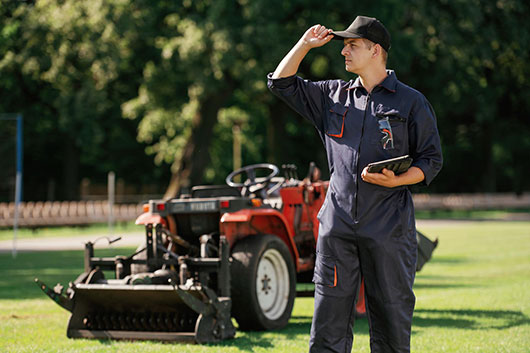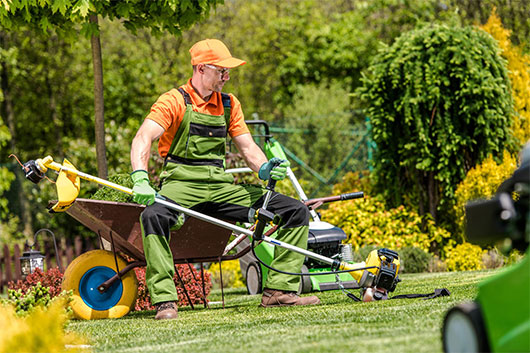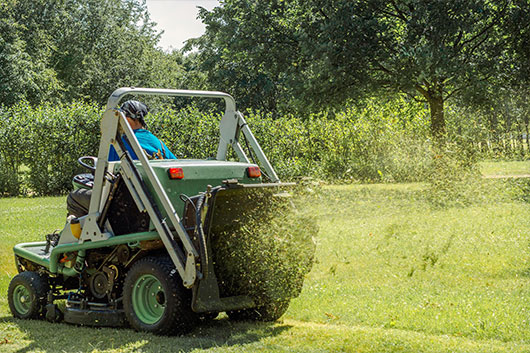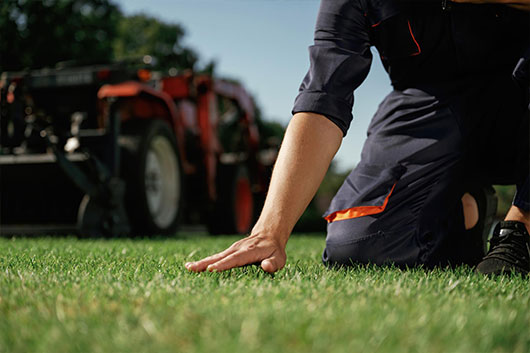


Every spring, the cycle repeats: packed schedules, overworked crews, and unpredictable profits.
The problem? Most landscaping businesses try to “work harder” instead of working smarter. They throw more labor at the problem, hoping to keep up. But without the right systems in place, inefficiencies build up, labor costs climb, and jobs fall behind schedule.
The most successful landscaping companies don’t manage the chaos-they eliminate it.
This guide lays out a 5-step strategy to help you from scrambling to smooth, scalable, and profitable operations.
Most landscapers plan their season using last year’s estimates and labor-hour budgets.
CrewPlanner creates Gantt chart-based job plans that assign specific tasks per crew, ensuring every minute on-site is optimized.
The result? 20-30% higher productivity per property.
Many landscaping businesses rely on clock-in and clock- out times to measure productivity. But being present doesn’t mean being productive.

Crews may appear busy but without clear priorities, time gets lost.
Managers struggle to see where jobs slow down, making it hard to improve workflows.
Labor costs spiral out of control—companies overstaff jobs because they don’t know how much work actually gets done per hour. Without real productivity insights, companies often overstaff jobs, driving up costs.

Assign clear roles so every crew member knows exactly what they’re responsible for.
Monitor planned vs. actual job completion rates.
Identify bottlenecks – whether it’s slow workflows, idle time, or equipment delays.
CrewIntel’s wearable tech maps actual execution rates, turning efficiency into a measurable, optimizable KPI.
Most landscapers measure hours worked-but the best measure work completed.
Traditional time tracking only shows when crews worked—not how efficiently.
More hours logged doesn’t always mean more jobs completed.
Without clear productivity insights , payroll costs skyrocket while output stays the same
Shift from hours-based to performance-based measurement.
Use production-based incentives to reward efficiency.
Help crews see how their work drives company profits-creating more buy-in.
CrewIntel’s provides performance insights , so landscapers can recognize top performers, improve workflow’s, and reward efficiency – without unnecessary oversight.
One-size-fits-all job execution is a profit killer.
Most companies treat every property the same, leading to overstaffing, underutilization, and wasted labor costs.
Adjust crew sizes (2, 3, or 4-member teams) based on job needs.
Use automation (e.g., autonomous mowers) to cut down on manual labor.
Implement seasonal execution models to make the most of labor during peak and slow months.
CrewPlanner helps businesses customize crew sizes and job execution models , ensuring the right balance of manpower and equipment for every job.
Most landscaping businesses react to inefficiencies after they happen—delays, incomplete work, crew confusion.
Unclear execution results in customer complaints and costly rework.
Small inefficiencies add up and become expensive bottlenecks.
Crews lose time figuring out what’s next instead of focusing on the job at hand.
CrewPlanner and CrewIntel take the guesswork out of job execution, helping crews stay on track and finish jobs faster –without the unusual stress.

